A Life Of Helping The Homeless In Sanya, An Obliterated Tokyo District
This District May Be Wiped Out of The Map, But It Still Exists In Reality
Working tirelessly with her devoted team of passionate locals, Mago Yoshihira has seen some of the hardest sides of Tokyo, but still radiates an aura of effortlessly laid-back warmth and empathy for anyone who enters her orbit.
Matter of fact about the realities of the everyday struggles she witnesses, sure, but she’s far from cynical. If she ever seems frustrated, it’s not because of the local loiterers who leave unwanted gifts of discarded One Cup sake glasses on her hotel doorstep. Her frustration is with the apathy for which so many people, governments included, have for the less fortunate Tokyo locals.
Mago Yoshihira is the main figure behind YUI Associates, a community building project that helps the city’s homeless through awareness, accommodation and social integration initiatives. She’s based out of Kiyokawa in Tokyo’s Taito ward, an area once known as Sanya (山谷). It was “erased” from the city’s maps 50 odd years ago because of its less than sparkling reputation. As part of YUI, Yoshihira runs a cafe and three hotels, two for travelers and one for those living rough.
Each Monday afternoon Yoshihira and her crew head out on to the streets of Sanya to collect trash, chat with the locals as a way to offer practical support, a warm smile and a sympathetic ear to those who may feel all but forgotten.
We joined the 30th edition of their trash collecting rounds to learn more about Sanya, the reality of Tokyo’s homeless situation and what YUI is doing to help.
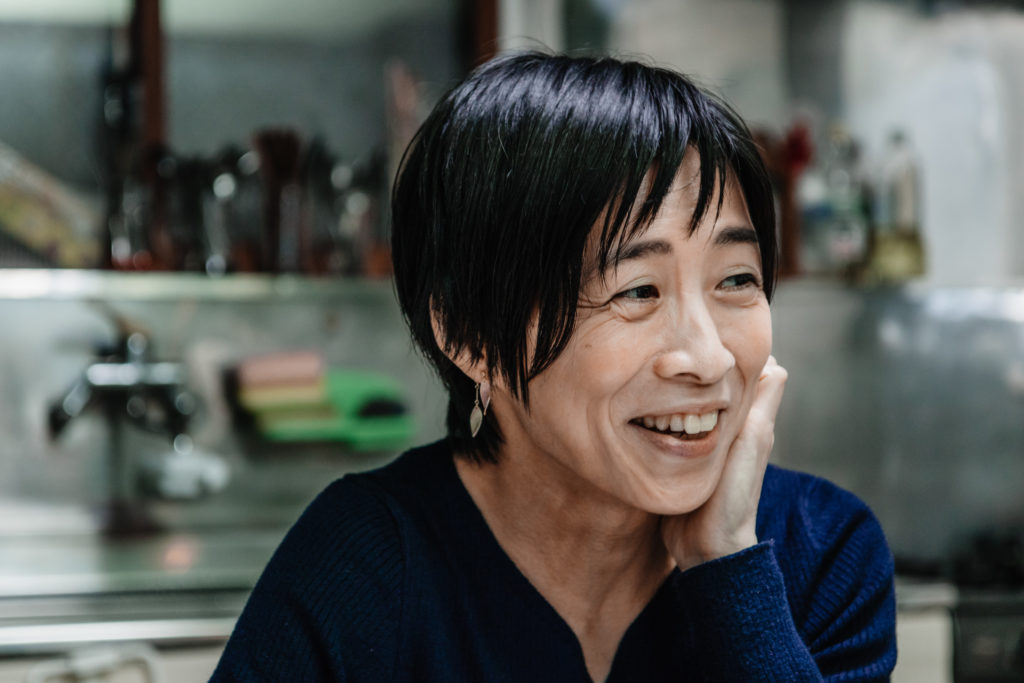 © Photo by Robert Lewis
© Photo by Robert LewisMago Yoshihira
Savvy Tokyo: How did you become interested in the world of community development?
Mago Yoshihira: When I was in university, I became interested in community development in disadvantaged countries. In the beginning, I was interested in developing countries, and I wanted to improve my English so I thought the best plan was to do a masters course overseas.
I was inspired to learn about advocacy planning after learning about the work of Paul Davidoff, a US planner who campaigned for the rights of black people. He came up with the concept of advocacy planning and need to bring awareness to disadvantaged communities. I was so moved by his work.
‘I felt like there had to be something I as a Japanese person could do to help make things right.’
While researching community building on Negros Island in the Philippines I learned about the bilateral treaty between Japan and the Philippines. Japan would come and take all the fish from the area, so the local people were very impoverished. It made me think that just because something is legal doesn’t necessarily make it right. I felt like there had to be something I as a Japanese person could do to help make things right.
When I returned to Japan I wanted to go to the countryside, but I came to Sanya as a volunteer with a local food distribution project. From working in the developing countries I noticed a lot of similarities.
Sanya is an interesting place because today it doesn’t technically exist. How did the neighborhood get erased?
The name Sanya was officially erased about 50 years ago. This place used to be called Asakusa Sanya, but there was a lot of trouble with day laborers gathering in the area. There was a lot of violence and unrest, especially during the 1960s, with criminal groups and political extremists getting involved.
So the name “Sanya” still has a stigma around it.
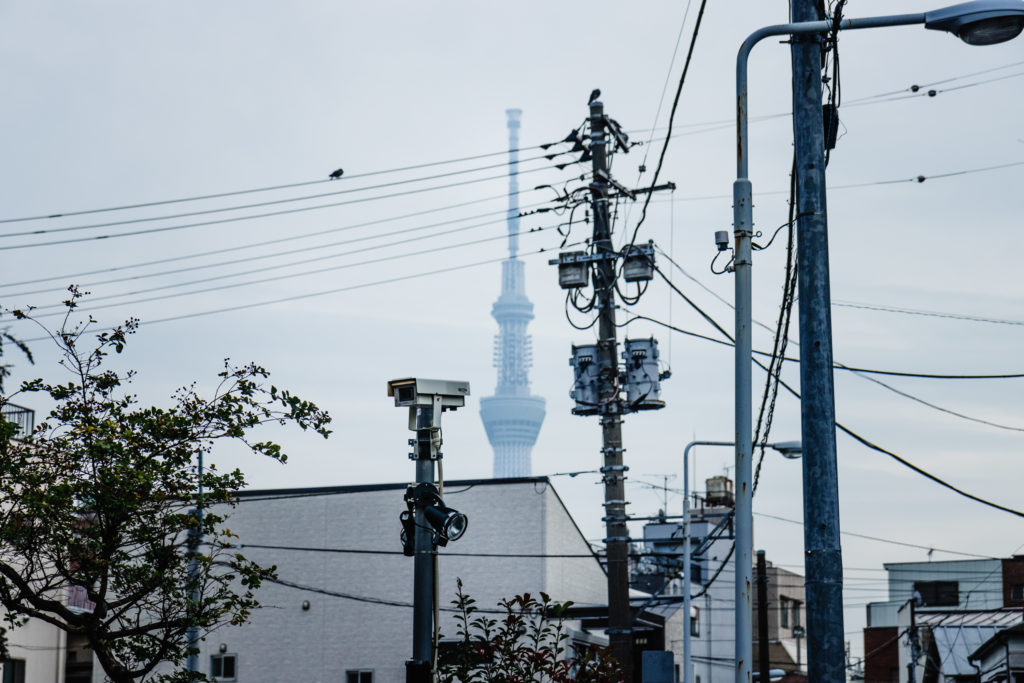 © Photo by Robert Lewis
© Photo by Robert LewisSkytree as seen from modern-day Sanya in Tokyo's Taiko Ward.
This area is now split into two: Kiyokawa and Nihonzutsumi. The long-term labors still consider the area Sanya, they refer to it as their community.
There are so many people who have nothing and nowhere to go. They gathered here to get jobs during the country’s time of rapid economic growth. At the same time, a lot of people got laid off because of the industrial change. Small factories were struggling to compete with international economic expansion, so there was an influx of unstable employment.
Ever since the Edo period, this area has been home to “lower caste” workers, like tradesmen and unskilled laborers. Do you think that simply removing the name Sanya from the map actually resolved any of the area’s social issues?
In the Edo period, both the execution ground, (later called) Kozukappara, and the red district, Yoshiwara, were moved to the vicinity. Sanya came to be infamous for a number of issues. The name removal may have brought small benefits, but as a whole, I don’t think so. For locals, the name Sanya has been contentious because it has always been associated with so many negative things: alcohol, crime, unemployment.
I noticed that many of the people who live rough here are former day laborers who are now ojiisan (old men). Sometimes these men get reprimanded for not fitting into the expectations of mainstream Tokyo society, so they use Sanya as a place they feel at home. They go to Sanya because they want to be accepted, so trying to erase the name also left some with a sense of loss for their community.
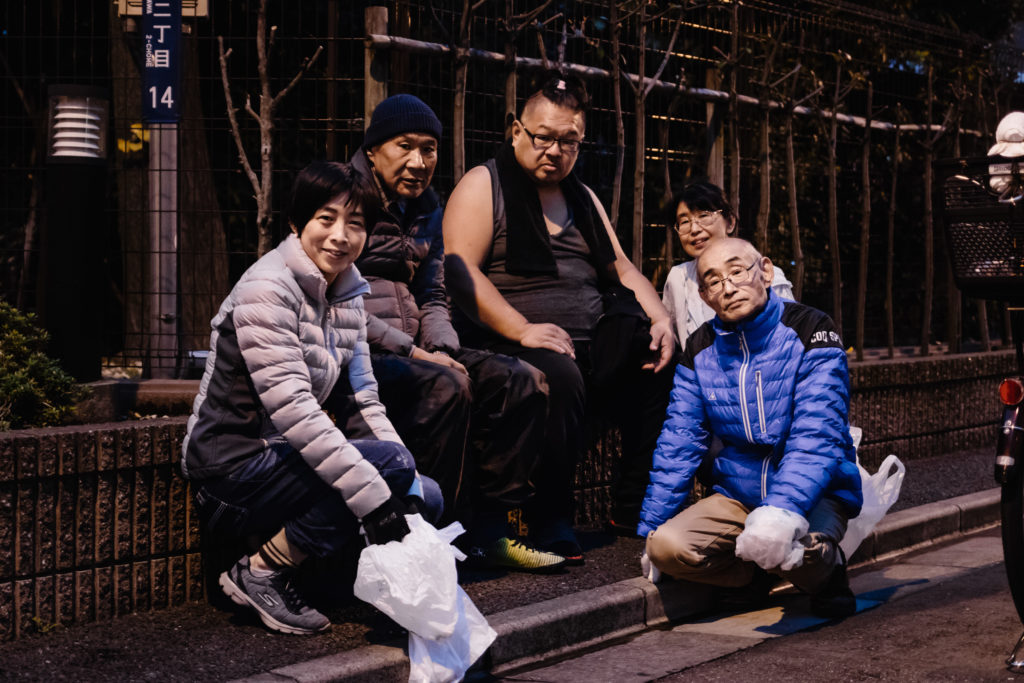 © Photo by Robert Lewis
© Photo by Robert LewisYoshihira (far left) and residents of modern-day Sanya. For many laborers, Sanya is a place to call 'home,' a community they feel they belong to, Yoshihira says.
If we were successful in revitalizing this area under a different name, I think others could still point out that “this place used to be known as Sanya.” It feels like just brushing the problem under the rug. Instead of erasing it from the map and our history, I like to use the name “Sanya” in a more positive light. It may take longer to reassociate the area beyond the negative connotations, but it will definitely result in a healthy revitalization without leaving a shadow in people’s minds. I believe reappropriation of Sanya would be much better if it’s realized with diversity and mutual understanding of one other.
You run two travelers hostels, what are they?
Two of the accommodations are for budget travelers, typically backpackers, they’re called Hotel Meigetsu and Juyoh Hotel. Hotel Meigetsu opened in 2009, it’s on the northern side of Minami Senju Station. It’s a small building with just 26 rooms. Juyoh Hotel which opened in 2013 is located south of the station and is a bigger hostel with 72 rooms. Many of our guests come from France, Canada, the US, Taiwan. They choose this area because it’s cheap and accessible.
And the third place you run, Ariake, is for people needing housing support?
Ariake, which we rent and run ourselves, is for people on welfare. Many of these people have no housing options apart from becoming caught up with hinkon bijinesu — businesses that take advantage of people in poverty.
Many of the people who live rough here are former day laborers who are now ojiisan.
This “hinkon” type accommodations financially entrap residents so they have no other choice to make. Say, for example, a person receives ¥140,000 support per month on welfare, hinkon housing will price rent at ¥120,000 which includes TV, meals of questionable standard and “daily services” which may or may not exist.
I wanted to create a supportive place where guests can have social assistance like counseling and support, but also maintain a sense of dignity. Ariake is somewhere people have their own autonomy.
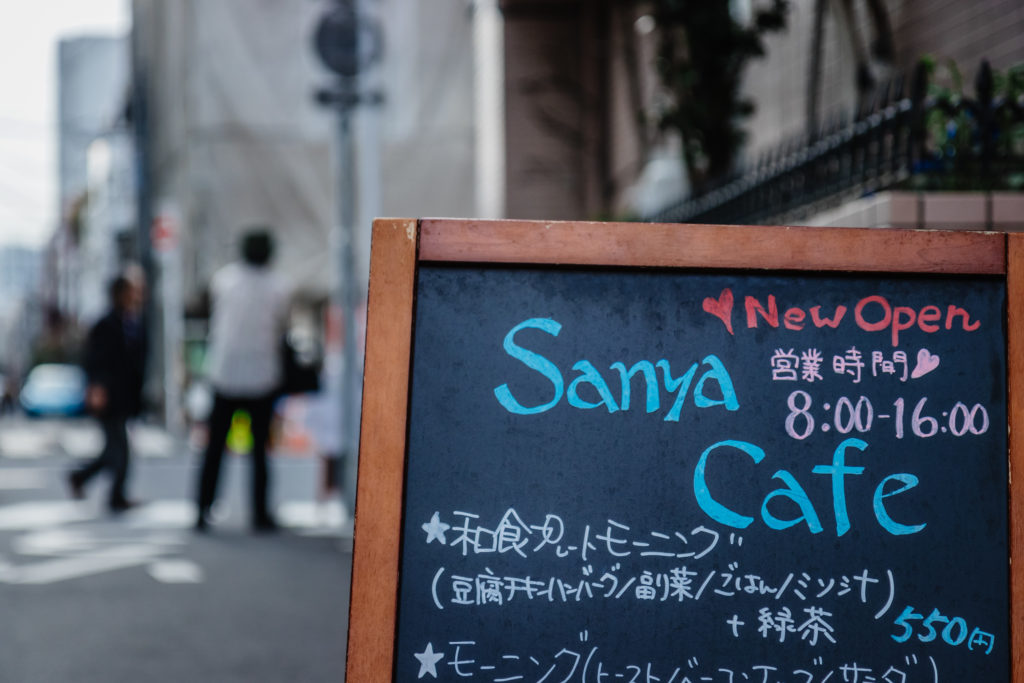 © Photo by Robert Lewis
© Photo by Robert LewisSanya Cafe is part of YUI's efforts to help the Sanya community. It provides a place for people to come, have a cheap bite and talk if they need to.
For Ariake guests, what have been the biggest barriers to finding permanent housing?
The initial housing cost including buying furniture and paying guarantor, is too high. Especially when you get older, even if people have a guarantor, housing owners often refuse to accept older residents because they’re afraid that they may die while living there.
What does the demographic of current Ariake residents look like?
Varied. The youngest is 25, the oldest is 94. The youngest recently found a job so he may leave soon. At his former job the boss bullied him, and as a result, he was diagnosed with social anxiety. I think he was probably living in internet cafes before. He went to the Shibuya ward office for welfare support and they introduced him to Ariake.
How do you think the city would benefit if people were more aware of Tokyo’s homeless crisis?
I think it’s important that the public becomes more aware of this situation. The biggest companies that say they help the homeless community are hinkon businesses. They have so many facilities, so if there’s no room in one place they can just send you to another. It’s the easiest solution for the city’s social workers — who are often overworked — to commission the hinkon companies to take in welfare recipients so they don’t have to do anything. And the cycle continues. We should talk about finding better solutions and ways we can reach out to those who are struggling.
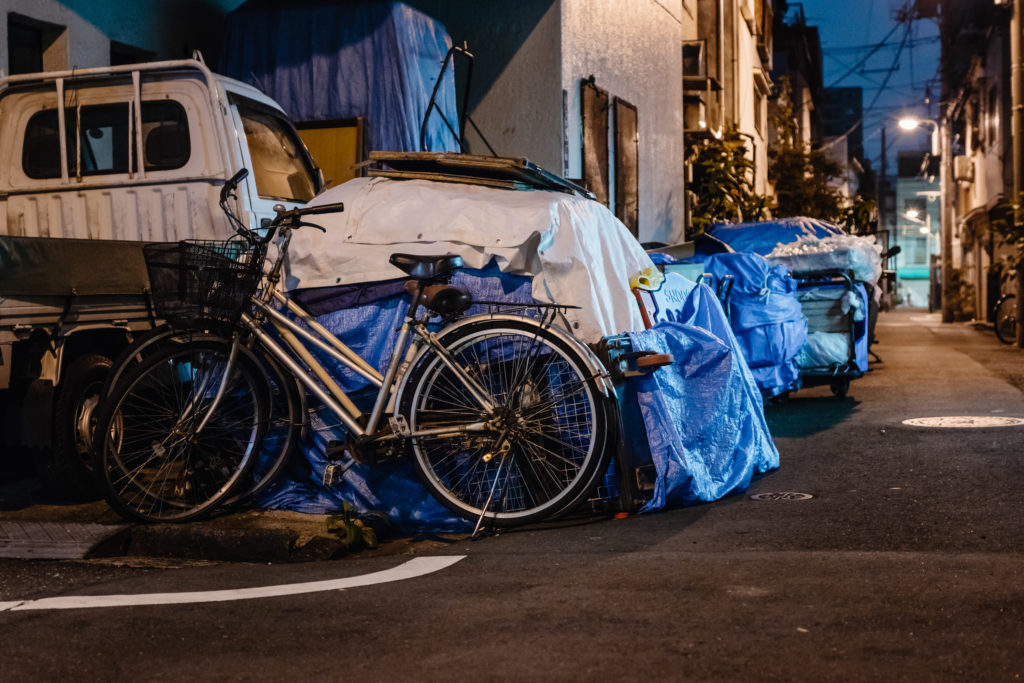 © Photo by Robert Lewis
© Photo by Robert LewisThe streets of modern-day Sanya. Has a lot changed since the name got wiped out of the city maps? Perhaps not.
Every Monday evening you head out around the area to collect rubbish, what were the main motivations behind this?
We just collect garbage as more of an excuse to speak with the locals. We started it because we thought it would be a good chance to reach out to people who are just drinking and hanging out on the streets. If we went up to them with no purpose, some people would be confused and taken aback, it could be intimidating. It’s all just a reason to talk and offer a little connection and maybe some help.
Instead of erasing it from the map and our history, I like to use the name “Sanya” in a more positive light.
Ideally, if those people on the streets join the cleanups and residents (not homeless) greet and thank them, that would be a great way to start an open communication. Once those who are overlooked feel accepted and gain a sense of belonging to the community in a positive way then, I think, they will not eventually throw garbage away.
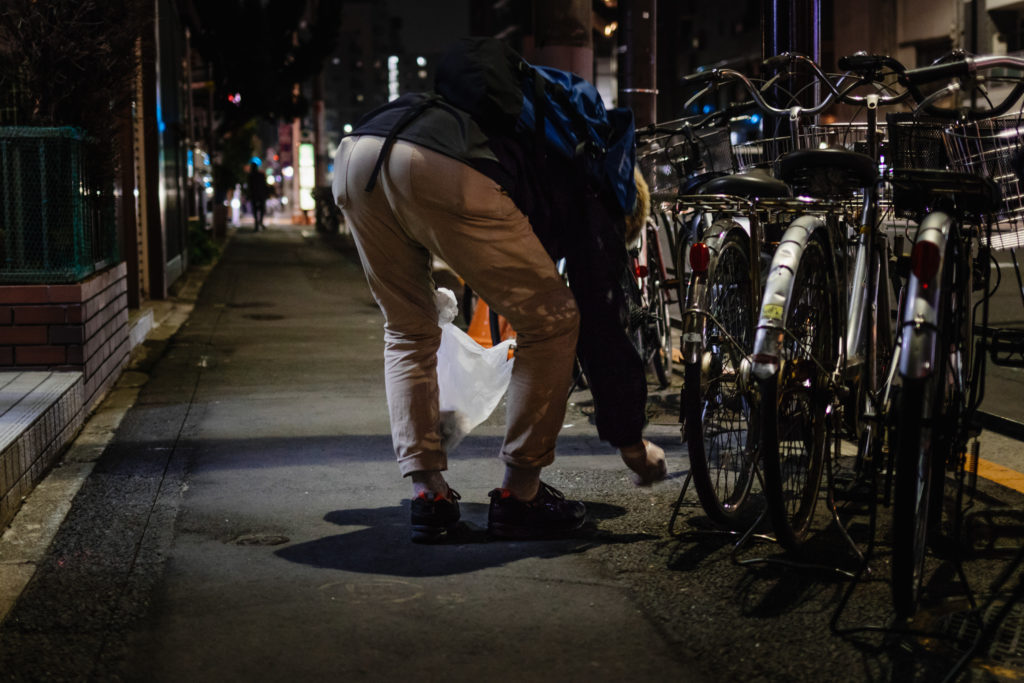 © Photo by Robert Lewis
© Photo by Robert LewisA man collects trash from the streets of modern-day Sanya as part of YUI's efforts to approach the local community.
If people join the cleanups, we offer them a meal at our Sanya Cafe, located inside Juyoh Hotel. There we eat together and talk. It often feels a little like counseling. Even if people don’t return to help, I think it’s fine. I don’t want to force people to give up their free will to join.
For more information on YUI Associates, Sanya Cafe or any of the hotels, see:
- YUI Facebook: www.facebook.com/YUIAssociatesInc
- Sanya cafe: www.facebook.com/SanyaCafe2018/


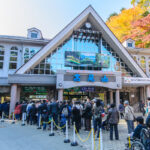
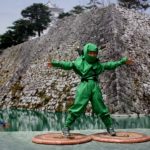
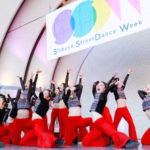
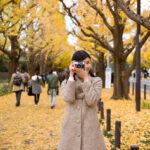






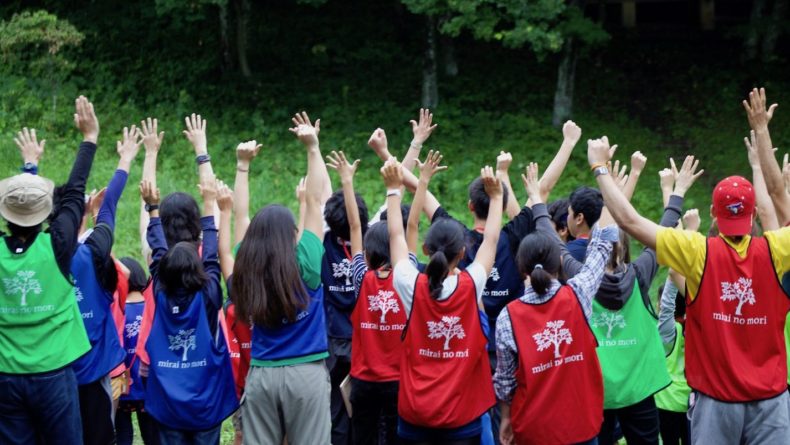
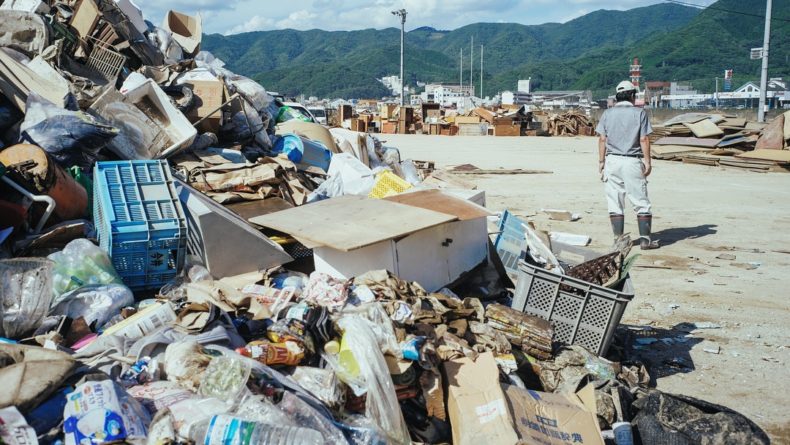
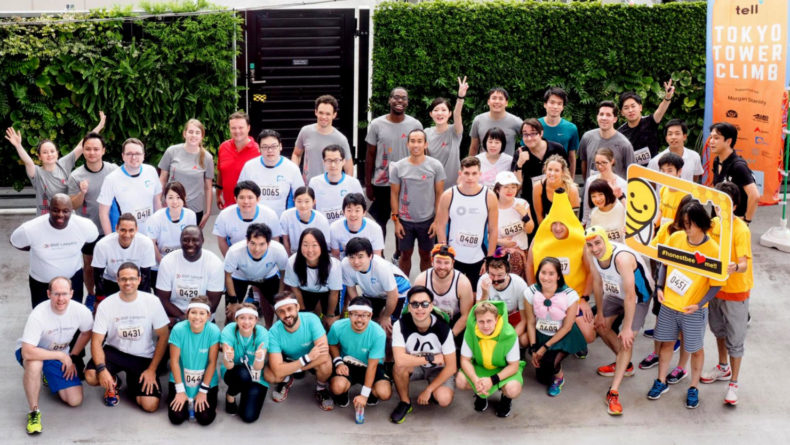
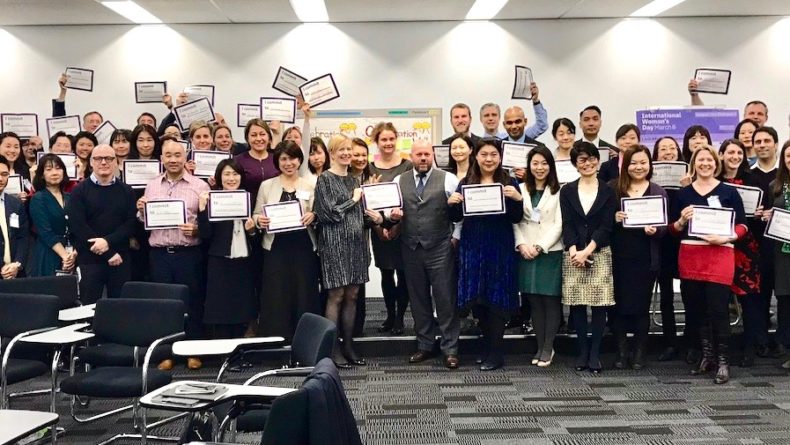
Leave a Reply